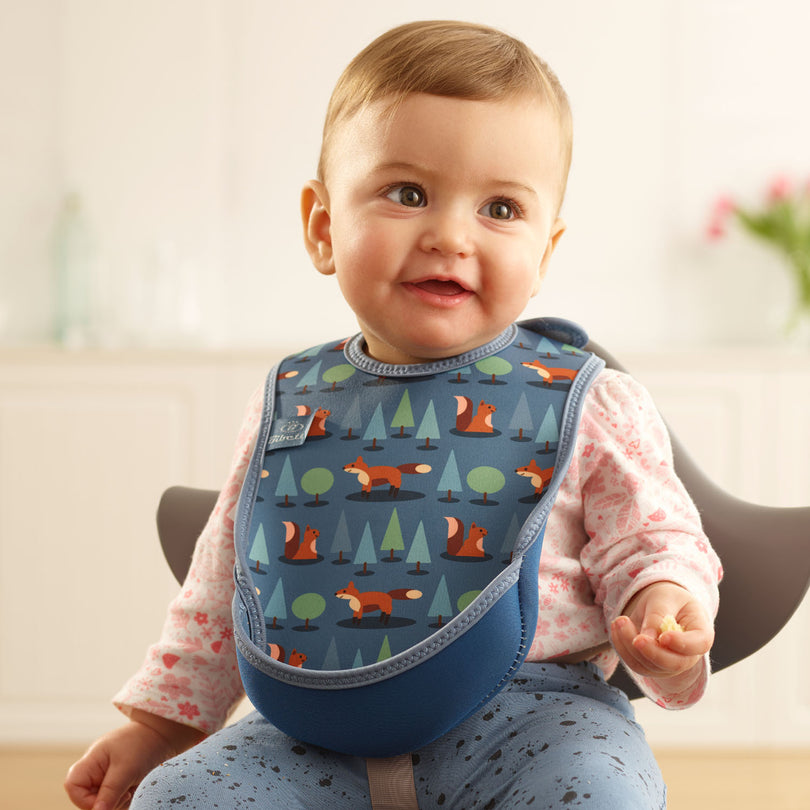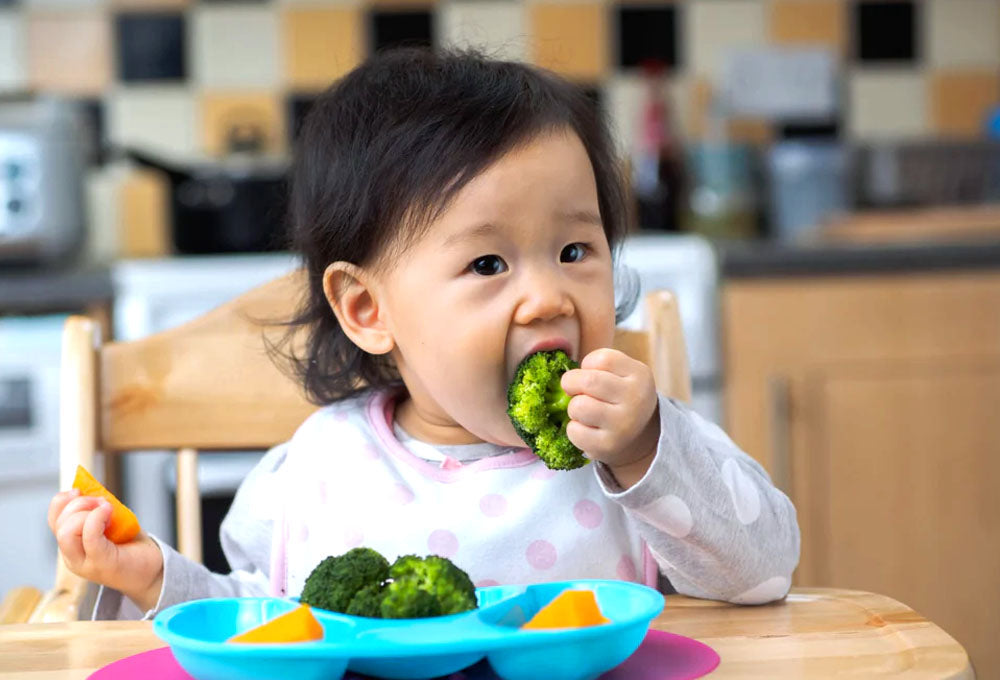This month Theresa from Your Family Nutritionist takes us through the History of weaning - from then until now. Whilst also exploring what the official advice from the Department of Health used to be.
Gosh, if I had a pound for the number of people who have said to me, “but I’m confused as the advice on weaning changes all the time”, I’d be writing this from my sunbed in the Bahamas whilst drinking expensive champagne! And so here it is guys, official advice has only ever changed twice! Once in 1994 and then in 2001 – and for those like me where math’s isn’t their strong point, 2001 was 20 years ago!
Now, as mentioned, this was official advice from the Department of Health. Written by health professionals. And before 1994, there were no official papers or guidance published and so the way you weaned your baby would probably be down to factors such as:
- What your parents did with you
- What your friends were doing
- What your neighbour next door did
- What self-proclaimed feeding experts would write in magazines or papers
- What your health visitor advised

And although I am sure these pieces of advice were well intended, it did mean there was no consistency and not enough evidence-based research to provide a set of standard guidelines for new parents. So, let’s have a look at how we have been feeding our babies throughout the ages and hopefully we can appreciate how far we have come!
Let’s start 10,000 years ago during the Paleolithic era. We know from looking back that baby would be fed milk until up to 4 years of age. This was because they were able from 4 years of age to forage for food themselves! So up until around 4 years, they were breastfed either by their mother or a wet nurse.
Historical documents from Roman times suggest babies were breastfed until around 2-3 years of age and we have discovered that Hippocrates, the ancient Greek physician believed babies should start solid foods when they got their first teeth and this were their molar teeth so again, for maybe 3 years, babies were only breastfed until they could manage “normal food”
Specific dietary guidelines for babies can be traced back to 130AD where physicians believed that a baby’s first food should be honey and this should be around 6 months. We know now this isn’t to be introduced to over 1 year. They then recommended foods that should be introduced after honey were:
- Cereals
- Bread
- Porridge
- Eggs
- Wine!

During the 16th and 17th century, complementary foods were introduced around 8-9 months alongside breastfeeding for 3 years.
Industrialization meant more women went to work and breastfeeding declined. Absence of formula meant solids were introduced earlier but the recommendation was for 9 months. Veg were always delayed due to suspicions around them causing diseases such as cholera and fevers.
A study in 1933 found the average age to introduce solids was 7.5 months with meat by a year.
The change from the 1930’s came along because doctors became more involved. As did “self-appointed parenting experts” who developed strict ideas on solid foods for babies. Weaning was still 6months but there was a strict routine.
- Fruit juice from the first month
- Cereals from 5-6 months at 10am and 6pm
- Egg mixed with veg in-between
- Spinach was seen as the best veg
- Potatoes from 10 months
Formula milk and commercial foods influenced the timings of introduction as the years went on. US companies such as Gerber realised, they could make money by making cans of pureed baby food. And they marketed the heck out of them! Their advertising involved many made up nutritional claims, they advertising in medical journals and ladies’ magazines. They published “research” where supposedly canned foods were better for babies in terms of vitamin and mineral content than homemade.
They were convenient, they were cheap, they helped mums go into workplaces. They positioned themselves as “supportive and caring” Parents trusted the company.
By the 1970’s, the most common age for starting solids via puree feeding was 3-4 weeks!
Thankfully, things were changing in the world:
- Birth rates were falling due to contraception
- Availability of fresh foods made people cook again
- Kitchens were affordable and so were gadgets
- People wanted to save money
- Parents started to distrust the baby food companies
- Research began to focus on the impact of what we feed our babies.

In 1994, official guidelines on weaning were published for the first time and this advice was to introduce purees to babies between 4-6 months. Puree feeding then became the norm. A 4 month old was NOT developmentally ready to eat “solids” pieces of food that were not smooth, they had to be puree fed and so this is what happened as common practice until the 2nd official guidelines on weaning were published in 2001. This advice, and the advice we follow now is to wean our babies at around 6 months of age.
The 6 months guidance stated “the potential benefits of waiting until 6 months outweighed any risks” The research which led to the change in guidelines also showed that waiting until 6 months may reduce infections such as food poisoning, some studies suggested that it might protect against respiratory infections, ear infections and digestive disorders.
Most importantly, milk is seen to the most nutrient dense food we consume as a baby. It contains all the essential nutrients we need to grow and develop. By the time your baby is a year old, they would have potentially tripled in weight from birth and so the only way to manage this huge growth is to ensure maximum nutrient intake for the first 6 months of life. We don’t want our babies filling their tummies up with puree fruit and veg and then “displacing” their milk feeds too quickly.
We also know that at 6 months, our babies are developmentally ready to pick up food, find their mouth, break solid pieces of food down and safely swallow. So, this is when baby-led weaning (blw) is absolutely fine as a weaning route. It is safe, it is experimental and intriguing for babies, foods are not blended together so flavours are obvious and when we look back at the history of weaning, it is something we have always done – blending foods is actually a very new way of eating in terms of the history of feeding our children. Did cave men blend their foods – of course not!
For more information on which route I prefer, purees or blw, have a look at my latest blog on Your Family Nutritionist website.
Click here to read more blogs on weaning.






